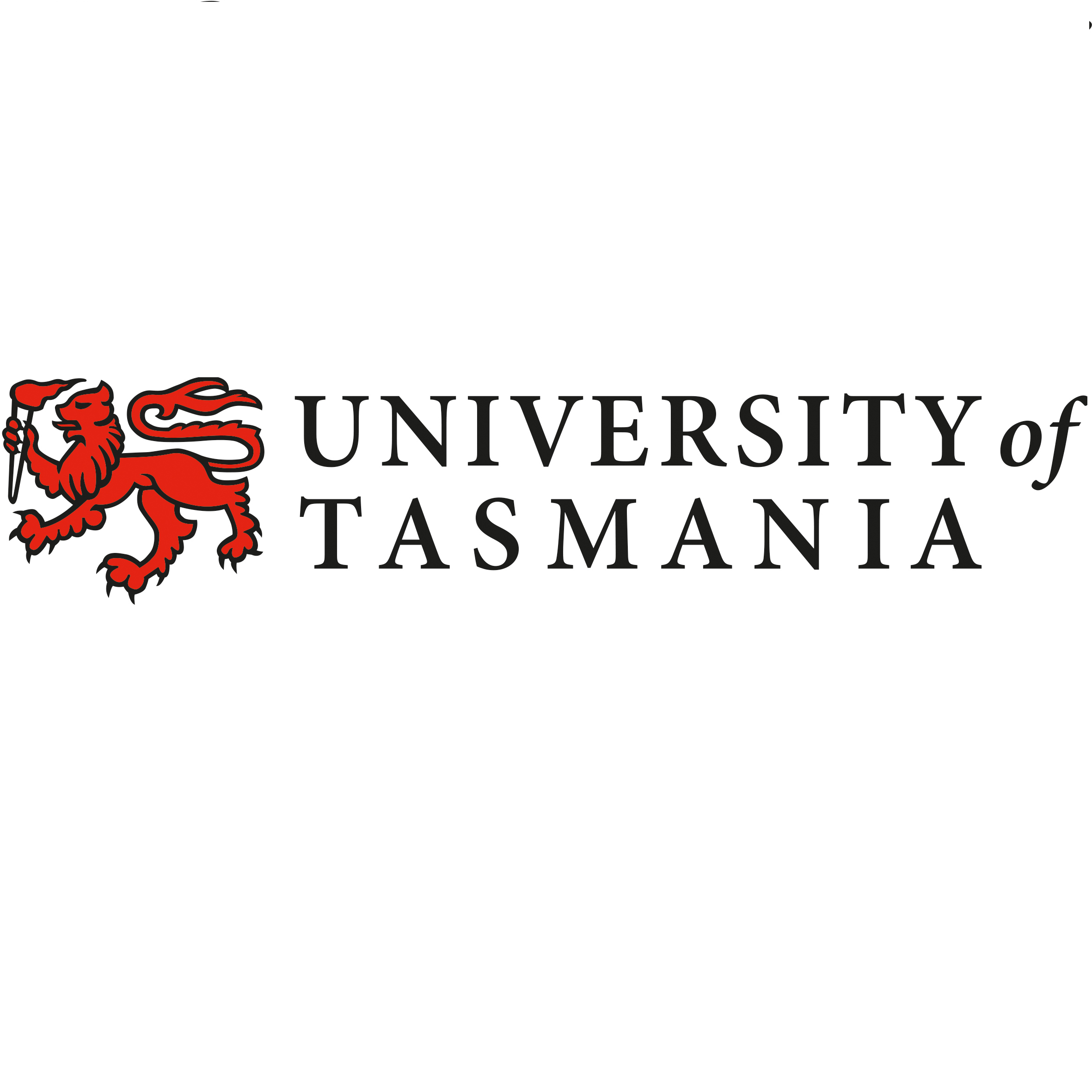Brief description
The effect of ocean alkalinity enhancement on a coastal phytoplankton community was assessed via a microcosm experiment. The effect of alkalinity enhancement in two scenarios (i) when enclosed seawater was in equilibrium with atmospheric CO2 and (ii) when enclosed seawater was not in equilibrium with atmospheric CO2 were explored. Alkalinity was increased by ~497 umol/kg in these two treatments and plankton communities, carbonate chemistry, dissolved inorganic nutrients, particulate matter and chlorophyll a dynamics monitored over a 22 day period where a spring bloom occurred.Lineage
Maintenance and Update Frequency: none-plannedData time period: 2021-08-12 to 2021-09-03
Spatial Coverage And Location
text: uplimit=1; downlimit=0
User Contributed Tags
Login to tag this record with meaningful keywords to make it easier to discover
(DATA ACCESS - browse available data files for download)
uri :
https://data.imas.utas.edu.au/attachments/52274977-d58e-47fc-8bc0-f438837f6ea4![]()
- DOI : 10.25959/8PEA-SW88

- global : 52274977-d58e-47fc-8bc0-f438837f6ea4


